Home>Renovation & DIY>Tools & Equipment>What Can You Use Instead Of A Screwdriver
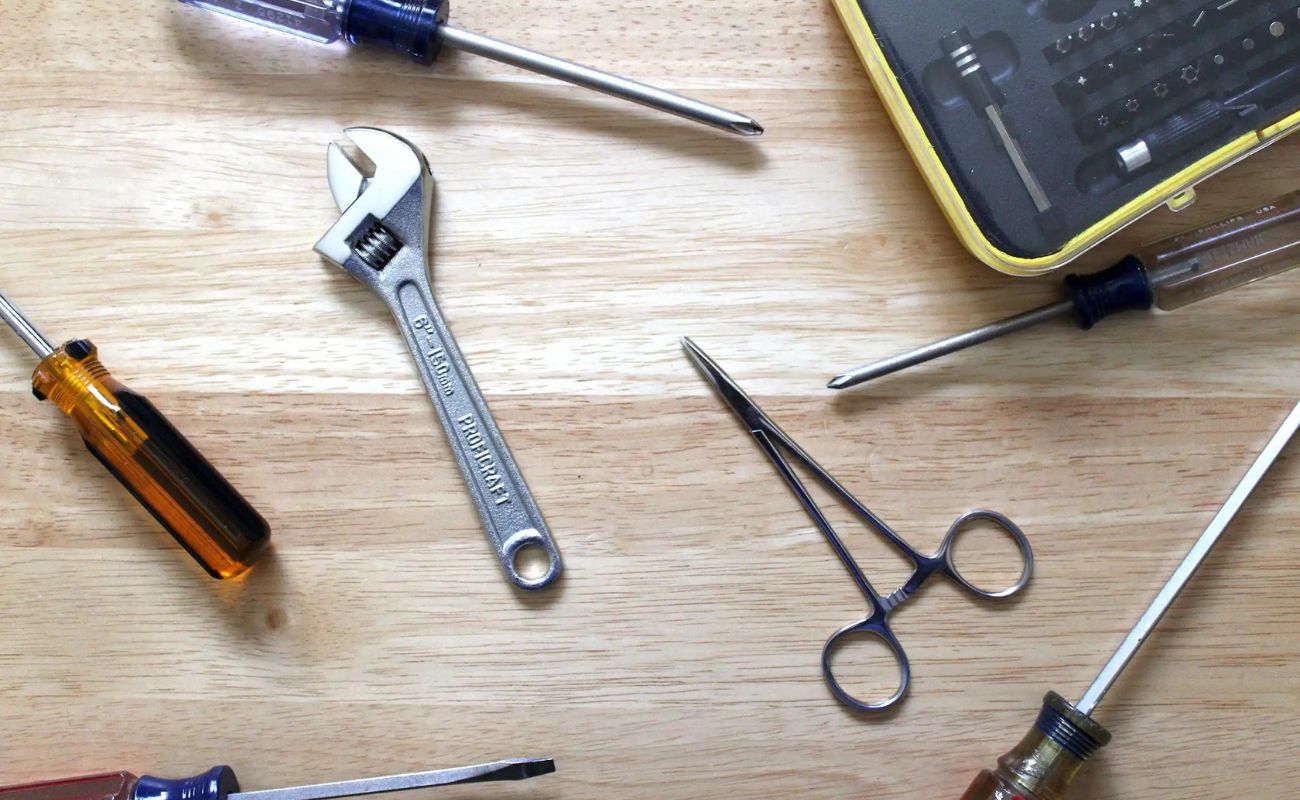

Tools & Equipment
What Can You Use Instead Of A Screwdriver
Modified: May 6, 2024
Discover alternative tools and equipment to use instead of a screwdriver. Enhance your DIY projects with innovative solutions.
(Many of the links in this article redirect to a specific reviewed product. Your purchase of these products through affiliate links helps to generate commission for Storables.com, at no extra cost. Learn more)
Introduction
When it comes to completing DIY projects or making repairs around the house, having the right tools is essential. A screwdriver is undoubtedly one of the most common and versatile tools in any toolbox. It is used for a wide range of tasks, such as assembling furniture, tightening loose screws, and opening stubborn lids. However, there may be instances where you find yourself without a screwdriver or need an alternative for a specific task.
In such situations, it’s helpful to know what other tools or household items can be used as substitutes. Whether you’re in a pinch or looking to get creative, this article will explore some of the alternatives to a screwdriver that you can use to get the job done.
Keep in mind that while these alternative tools can serve as a temporary solution, it’s always recommended to use the appropriate tool for the task at hand to ensure safety and efficiency. However, in certain situations, improvisation can be a lifesaver.
Key Takeaways:
- Get creative with everyday tools, household items, and common objects to substitute for a screwdriver in a pinch. Exercise caution and prioritize safety when using alternatives for screwdriving tasks.
- Consider using power tools, multitools, and specialized screwdriver alternatives for increased efficiency and versatility. Prioritize safety and proper technique when working with alternative screwdriving methods.
Read more: What To Use Instead Of A Tiny Screwdriver
Everyday Tools as Alternatives
When you don’t have a screwdriver on hand, there are several everyday tools that can serve as suitable alternatives. These tools can help you tackle various screwdriving tasks, albeit with a bit of ingenuity. Here are some common tools that can be used as substitutes:
- Knife: A sturdy pocket knife or utility knife with a flathead blade can be used to turn screws in a pinch. Simply align the knife’s blade with the screw slot and apply gentle pressure to turn it.
- Butterknife: If you don’t have a knife with a flathead blade, a butter knife can work as a makeshift screwdriver. Make sure to use the side of the knife’s blade to engage the screw slot and turn it carefully.
- Pliers: A pair of pliers, particularly ones with flat jaws, can be used to grip the head of a screw and rotate it. While not as precise as a screwdriver, pliers can come in handy for larger screws or when dealing with stripped screw heads.
- Wrench: A wrench, such as an adjustable wrench or an open-end wrench, can be used to turn screws. Place the grip of the wrench on the screw head and use the leverage to rotate it.
These everyday tools can be effective alternatives in emergency situations or when a screwdriver is simply not available. However, it’s important to exercise caution and use these tools properly to avoid damaging the screws or injuring yourself.
Household Items as Substitutes
When you’re in a bind and don’t have access to traditional tools, you’d be surprised at the household items you can repurpose as screwdriver substitutes. Here are some creative alternatives:
- Coin: A coin, such as a quarter or a penny, can be used as a makeshift screwdriver. Place the edge of the coin into the screw slot and turn it carefully. Keep in mind that coins may not provide the same grip as a screwdriver, so exert caution to prevent slippage.
- Ballpoint Pen: Remove the ink cartridge from a ballpoint pen, leaving just the hollow tube. Insert the tube into the screw slot and use it to turn the screw. This method works best for small screws.
- Ruler or Credit Card: A rigid ruler or a sturdy credit card can serve as a flathead screwdriver. Slide the edge of the ruler or card into the screw slot and apply controlled force to turn the screw. This technique works best for screws on lighter-duty applications.
- Hairpin or Earring: Bend the end of a hairpin or earring to create a small hook shape. Insert the hook into the screw slot and carefully turn the screw. This method is more suitable for smaller screws or precision work.
While these household items may not provide the same precision and control as a dedicated screwdriver, they can be effective temporary solutions in a pinch. However, it’s important to exercise caution to avoid damaging the screws or the items used as substitutes.
Improvised Tools from Common Objects
When you find yourself without any tools or household items at hand, it’s time to get creative and improvise. Common objects can be repurposed to serve as temporary screwdriver alternatives. Here are a few examples:
- Flathead Screw: If you have a spare flathead screw lying around, you can use it as an impromptu screwdriver. Align the grooves of the spare screw with the screw you need to turn and slowly rotate it using pliers or any other gripping tool.
- Key: Keys can be surprisingly versatile as makeshift screwdrivers. Slide the end of a key into the screw slot and use it to turn the screw. This method works best for small screws.
- Bobby Pin: Straighten out a bobby pin and insert the thin, straight end into the screw slot. Gently turn the bobby pin to drive or loosen the screw. This method is more suited for smaller screws.
- Small Nail: Hammer a small nail partially into the screw slot, leaving enough exposed to grip and turn. Use pliers or any other gripping tool to rotate the nail and manipulate the screw.
It’s important to note that these improvised tools may not provide the same precision and control as dedicated screwdrivers. Additionally, it’s crucial to use caution and grip these objects securely to prevent slippage, which can lead to injury or damage to the screw or surrounding surfaces.
Remember, improvisation should be a last resort for emergency situations when the appropriate tools are unavailable. It’s always best to use the right tool for the job whenever possible.
Power Tools as Replacement Options
While power tools are typically associated with heavier-duty projects, some of them can serve as suitable replacements for a screwdriver. If you have access to power tools, here are a few that can do the job:
- Power Drill: A power drill equipped with a screwdriver bit can be an effective substitute for a manual screwdriver. Simply insert the appropriate screwdriver bit into the drill’s chuck, align it with the screw, and use the drill in a clockwise motion to drive or remove the screw. The adjustable torque settings on the drill can provide added control.
- Impact Driver: An impact driver is a specialized power tool designed specifically for driving screws. It delivers strong rotational force, making it ideal for larger and tougher screws. Similar to a power drill, you can fit the appropriate screwdriver bit into the impact driver and use it to drive or remove screws.
- Power Screwdriver: If you don’t have access to a power drill or impact driver, a dedicated power screwdriver can be a handy alternative. These compact and cordless tools are designed for quick and easy screwdriving tasks. They come with various speed and torque settings to accommodate different screw types and sizes.
Using power tools as replacements for a screwdriver can offer increased speed and efficiency, particularly for larger projects. However, it’s important to familiarize yourself with the specific operation and safety guidelines of each power tool to ensure proper usage and prevent accidents or damage.
Keep in mind that power tools may not always be readily available or suitable for every task. In such cases, the alternative methods mentioned earlier can still come in handy.
A good alternative to a screwdriver is a power drill with a screwdriver bit. It can make the task of driving screws much faster and easier, especially for larger projects.
Using a Multitool
A multitool is a versatile tool that can be a valuable asset when you don’t have a screwdriver on hand. These compact devices typically feature a variety of tools and attachments, including screwdriver bits. Here’s how you can use a multitool as a replacement for a screwdriver:
- Identify the appropriate screwdriver bit for the task at hand. Most multitools come with a selection of flathead and Phillips-head screwdriver bits.
- Insert the selected screwdriver bit into the multitool’s driver socket or chuck and ensure it is secured properly.
- Align the screwdriver bit with the screw slot and grip the handle or body of the multitool firmly.
- Apply steady pressure and rotate the multitool in a clockwise motion to drive or remove the screw.
The compact size and versatility of multitools make them a practical choice for various screwdriving tasks. They are particularly useful in situations where you need to switch between different types of screws or perform tasks in tight spaces where larger tools may be impractical.
However, it’s important to note that multitools may not offer the same level of control and precision as dedicated screwdrivers. The smaller handle and tighter grip may require some adjustments to your technique. Additionally, multitools may not be suitable for heavy-duty or high-torque applications.
Before using a multitool as a replacement for a screwdriver, familiarize yourself with its specific features, attachments, and safety guidelines. This will ensure that you can use the tool effectively and safely.
Tricks and Techniques for Tight Spaces
Sometimes, screwdriving tasks can be challenging due to limited access or tight spaces. However, with the right tricks and techniques, you can overcome these obstacles and successfully drive or remove screws. Here are a few tips for working in tight spaces:
- Offset Screwdriver: An offset screwdriver, also known as a right-angle screwdriver, can be a valuable tool for accessing screws in tight spaces. Its unique design allows you to reach screws at odd angles or in narrow areas where a traditional screwdriver won’t fit.
- Flexible Shaft Attachment: A flexible shaft attachment can be used in conjunction with your screwdriver or power drill. The flexible shaft provides a more maneuverable extension, allowing you to reach screws in confined spaces without the need for a bulky tool.
- Magnetic Screwdriver: Using a magnetic screwdriver can make handling screws in tight spaces much easier. The magnetic tip securely holds the screw in place, preventing it from falling or slipping while you position the screw in its slot.
- Ratchet Screwdriver: A ratchet screwdriver can be useful in tight spaces where there isn’t enough room for full rotation. The ratchet mechanism allows you to apply continuous force in one direction while only needing minimal space to reset the tool for the next rotation.
- Screwdriver Bit Extensions: Screwdriver bit extensions can provide the extra reach you need in tight spaces. These extensions can be attached to the end of your screwdriver or power drill and enable you to access screws that are recessed or located in hard-to-reach areas.
When working in tight spaces, it’s crucial to exercise patience and caution to avoid damaging the screw or surrounding surfaces. Take your time to ensure a secure grip on the screw head, and use controlled force to drive or remove the screw. If necessary, consider using a flashlight to improve visibility or removing any obstacles that may impede your access.
By applying these tricks and techniques, you can successfully navigate tight spaces and complete your screwdriving tasks with ease.
Safety Precautions to Consider
When working with tools, including screwdriver alternatives, it’s important to prioritize safety to prevent accidents or injuries. Here are some safety precautions to consider:
- Protective Gear: Always wear appropriate personal protective equipment (PPE) when using tools. Safety glasses or goggles will shield your eyes from flying debris, and gloves can provide protection and enhance grip.
- Secure Grip: Ensure you have a secure grip on the tool or improvised object you are using. A loose grip can lead to slippage, causing injury or damage. Additionally, make sure your hand position is away from the path of the screwdriver or tool to avoid accidental contact.
- Stability: When using tools or improvised objects, make sure you are in a stable position. Avoid standing on unstable surfaces or using tools in a way that compromises your balance, as this can lead to slips or falls.
- Tool Inspection: Before using a tool, check for any signs of damage or wear. Ensure that the screwdriver or alternative tool is in good condition and functioning properly. Using damaged or faulty tools can increase the risk of accidents.
- Proper Technique: Follow the correct technique for using each tool or improvised object. Improper technique can result in loss of control, leading to injuries or damage to the screw or surrounding surfaces.
- Tightening Torque: When driving screws, avoid applying excessive force. Over-tightening screws can strip the threads or damage the material they are being driven into. Use the appropriate torque for the type and size of screw you are working with.
- Electricity and Wiring: Exercise caution when working with screws near electrical outlets or wires. Ensure the power is turned off and take necessary precautions to avoid electrical shock.
- Fire Safety: Avoid using screwdrivers or any tools near flammable materials or in potentially explosive environments. Sparks or excessive heat generated during screwdriving can pose a fire hazard.
By following these safety precautions, you can minimize the risk of accidents and ensure a safe working environment while using screwdriver alternatives.
Conclusion
While a screwdriver is an essential tool in any toolkit, there may be times when you need to get creative and find alternatives. Whether you find yourself without a screwdriver or need to work in tight spaces, there are various options available to help you get the job done.
In this article, we explored different alternatives to a screwdriver, ranging from everyday tools and household items to improvised tools made from common objects. We also discussed the use of power tools and multitools as replacement options, as well as tips and techniques for working in tight spaces.
It’s important to remember that while these alternatives can be effective in certain situations, they may not offer the same level of precision and control as a dedicated screwdriver. It’s always best to use the appropriate tool for the task whenever possible to ensure safety and efficiency.
When using screwdriver alternatives, it’s crucial to prioritize safety. Adhere to safety precautions such as wearing appropriate protective gear, maintaining a secure grip, and using proper technique. Regularly inspect tools for any signs of damage or wear and exercise caution when working near electrical sources or flammable materials.
Ultimately, while these alternatives can come in handy in a pinch, it’s always recommended to have a reliable and high-quality screwdriver in your toolbox for optimal performance and versatility.
So, the next time you find yourself without a screwdriver, remember the alternatives mentioned in this article. With a bit of creativity and resourcefulness, you can successfully tackle your screwdriving tasks and complete your DIY projects or repairs effectively.
Now that you've got the scoop on substituting screwdrivers, why not tackle bigger projects around your space? Our piece on essential home maintenance techniques will guide you through various fixes and upgrades, ensuring your living area remains in tip-top shape. Whether dealing with a leaky faucet or a squeaky door, our guide provides straightforward steps for getting your place back in order.
Frequently Asked Questions about What Can You Use Instead Of A Screwdriver
Was this page helpful?
At Storables.com, we guarantee accurate and reliable information. Our content, validated by Expert Board Contributors, is crafted following stringent Editorial Policies. We're committed to providing you with well-researched, expert-backed insights for all your informational needs.
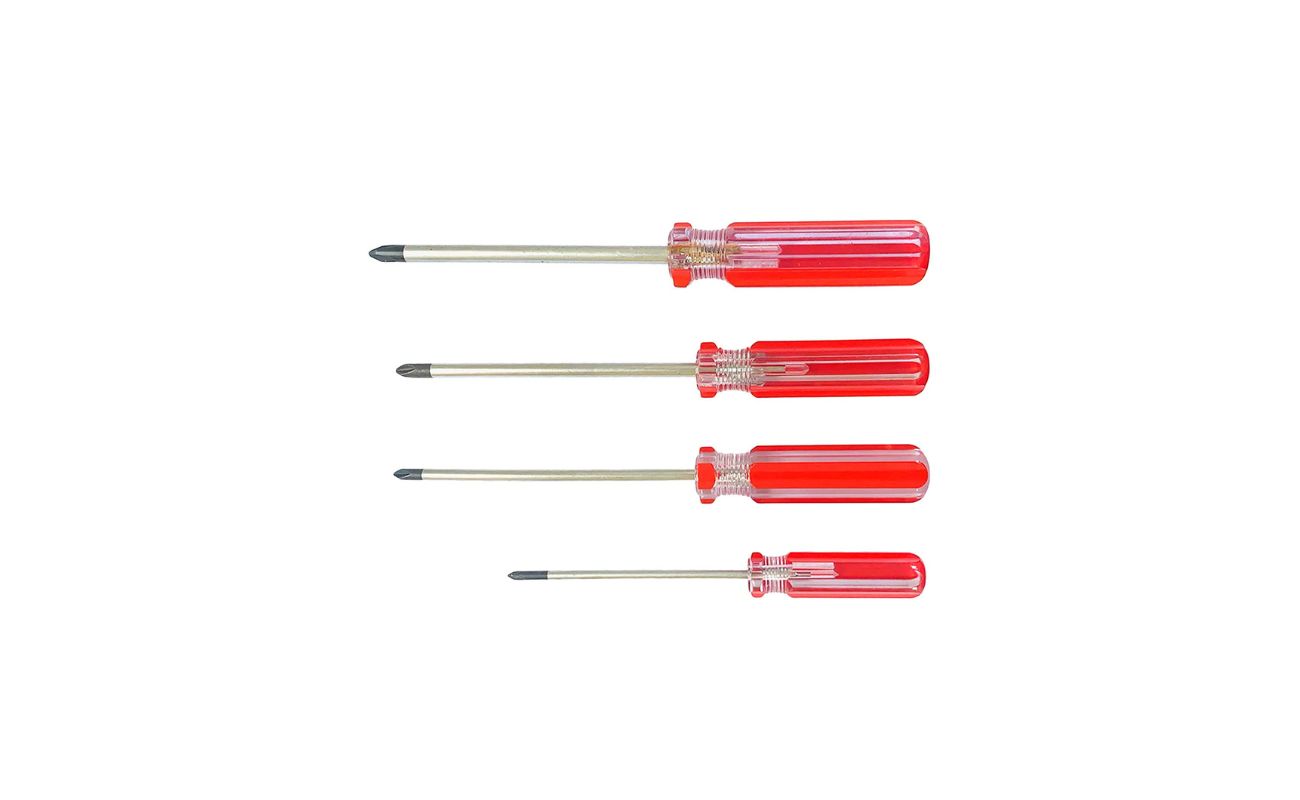
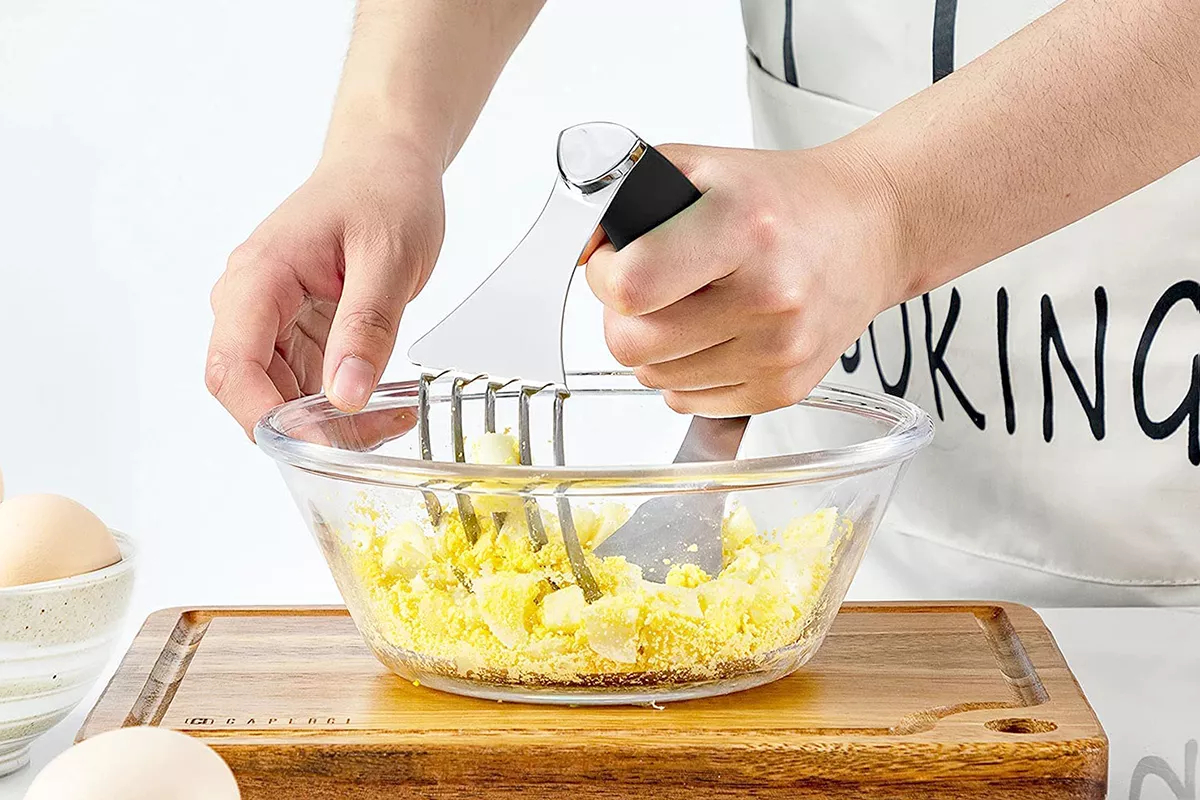
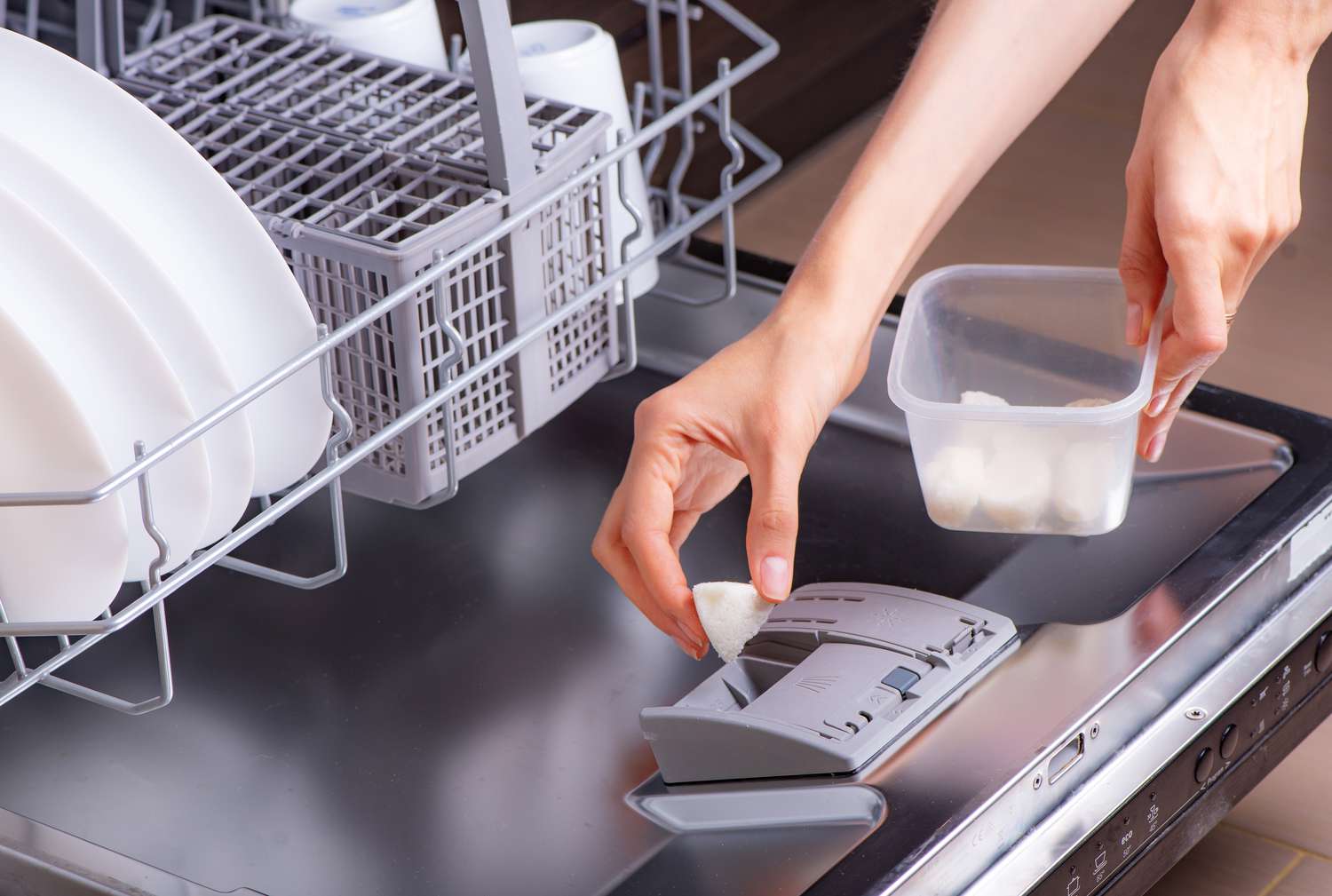
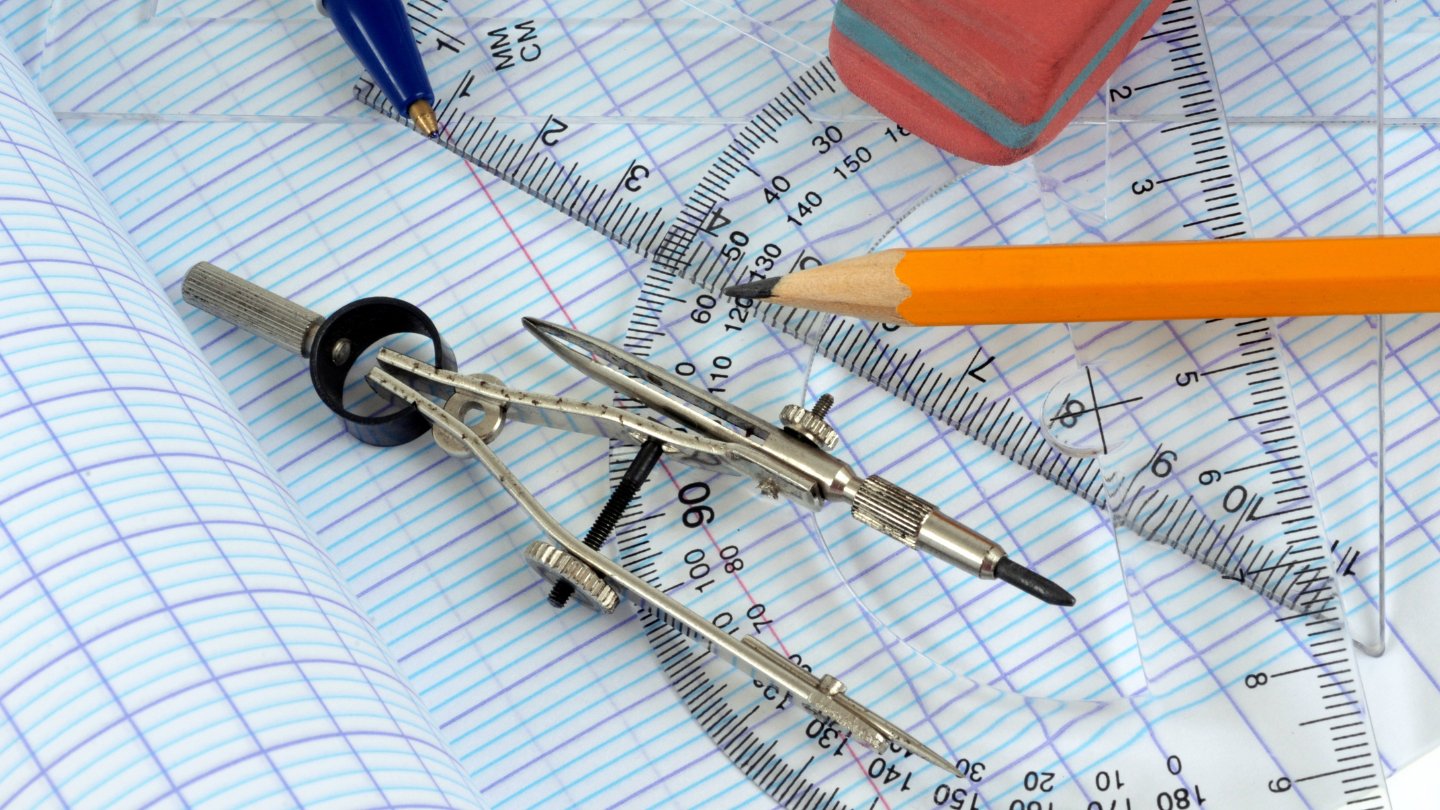


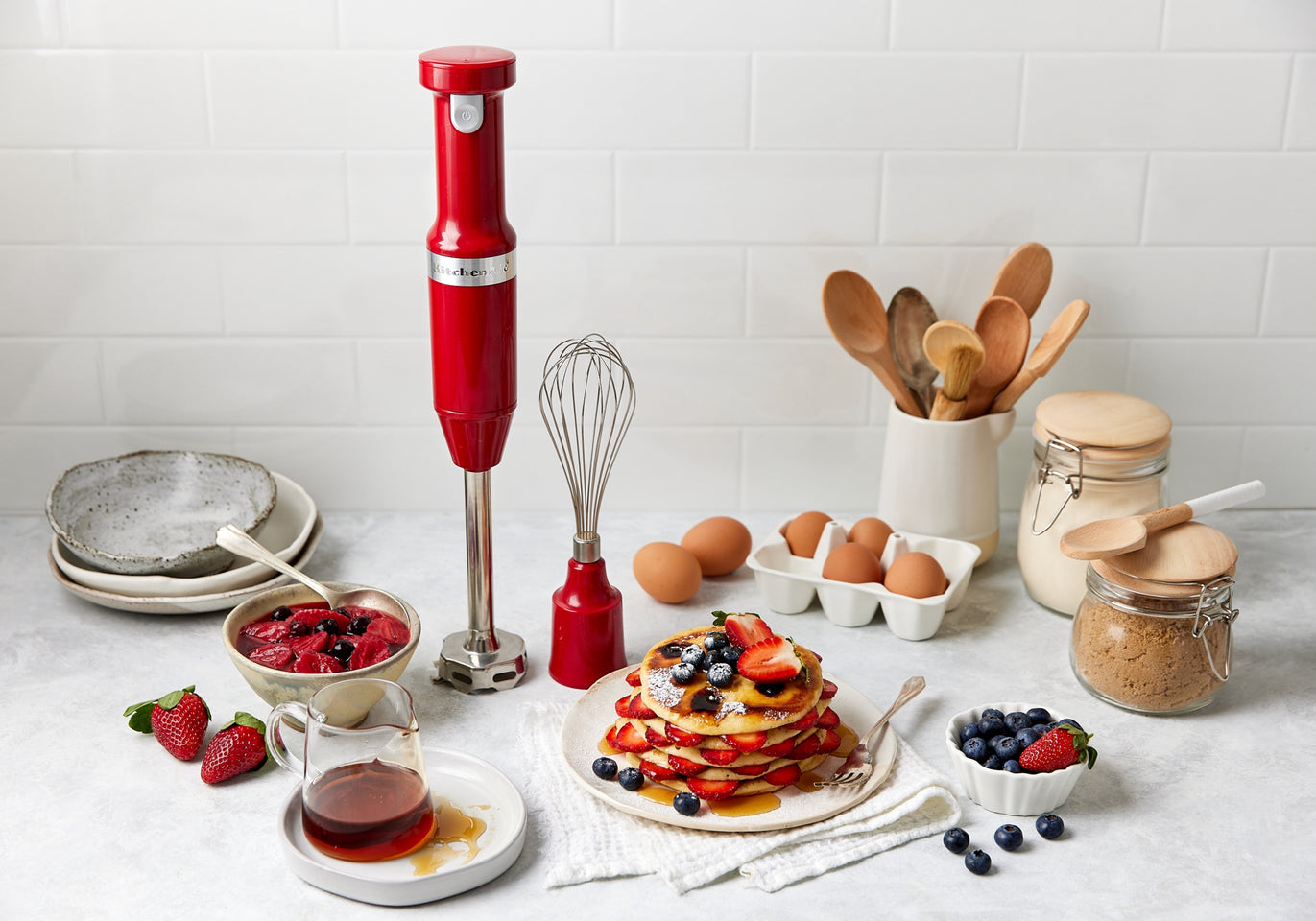
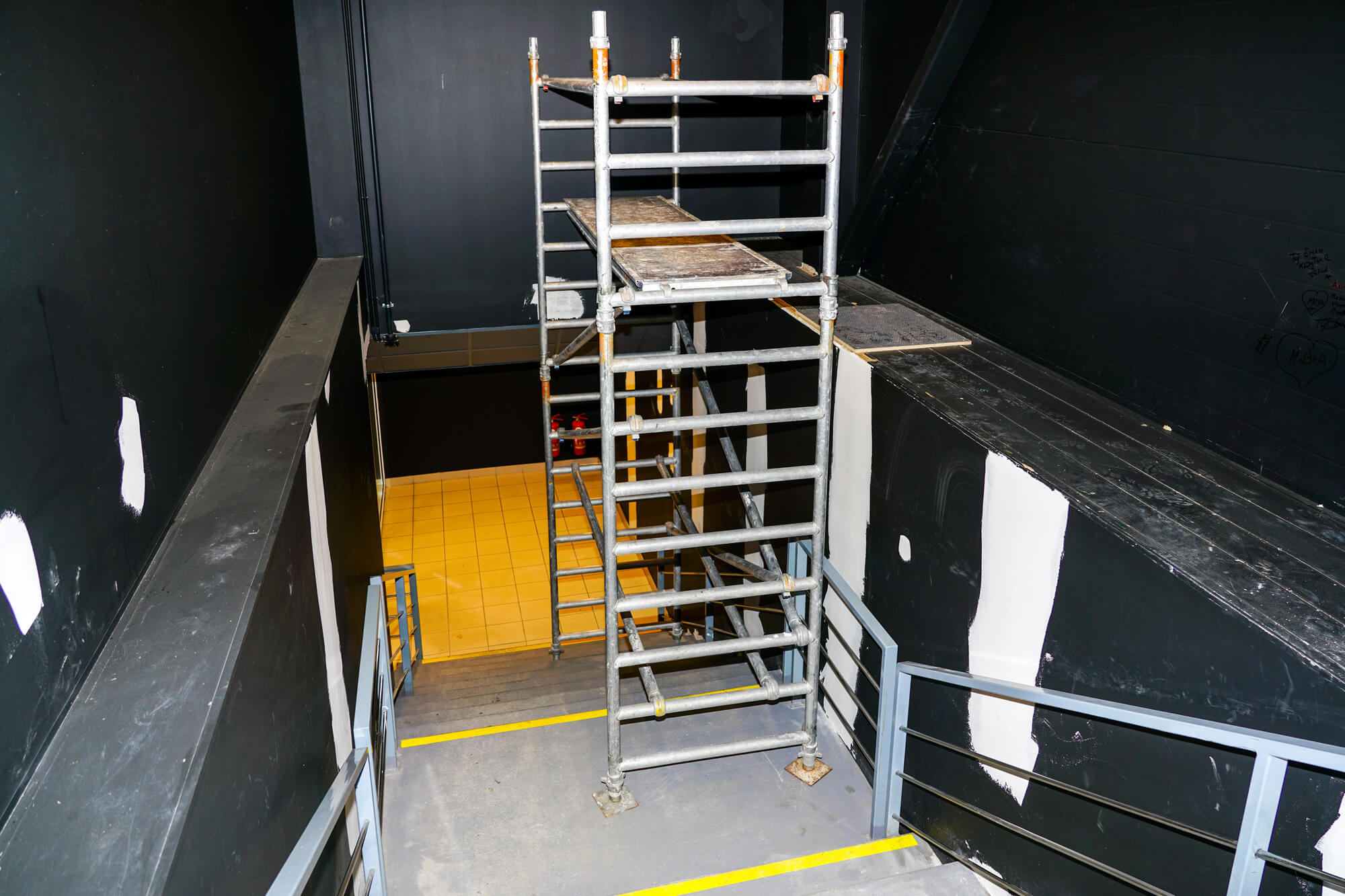
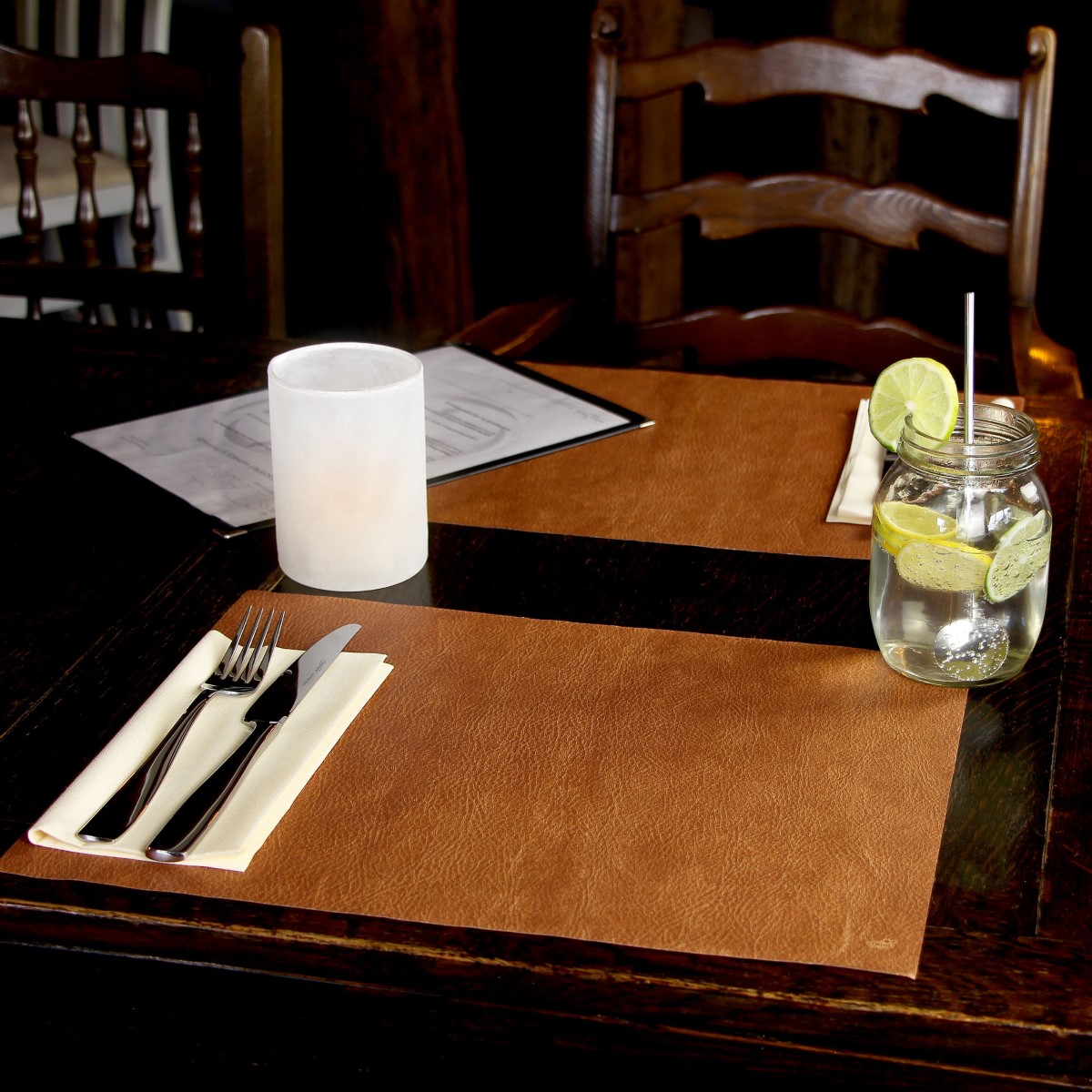
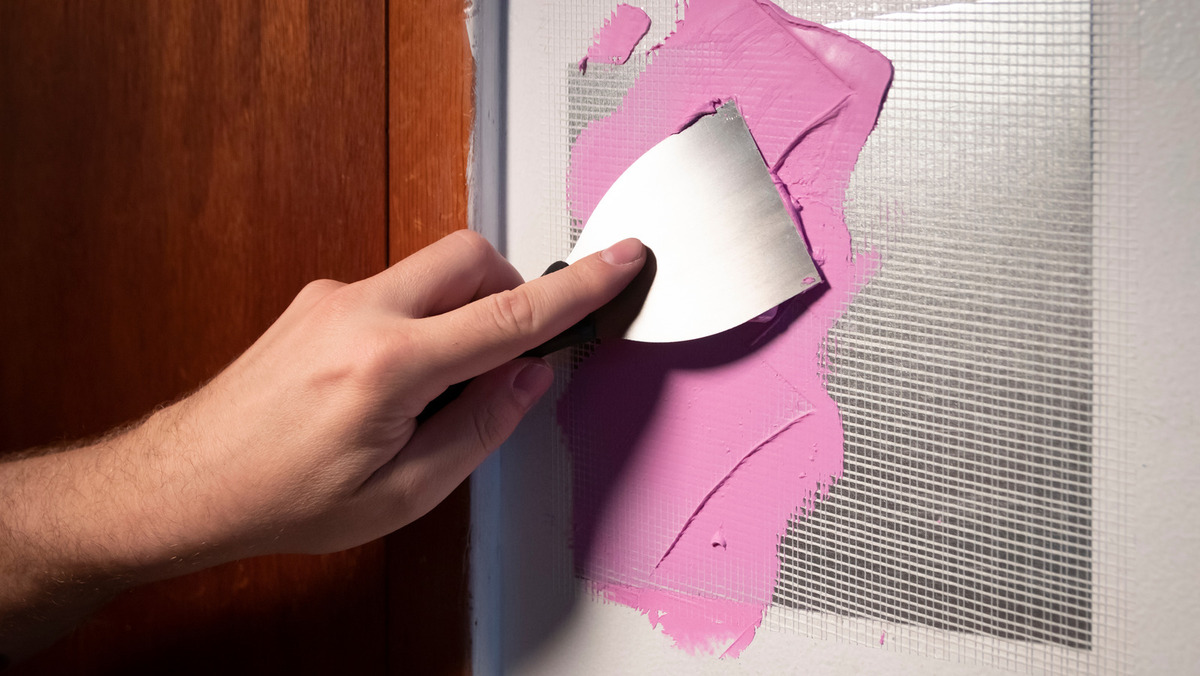

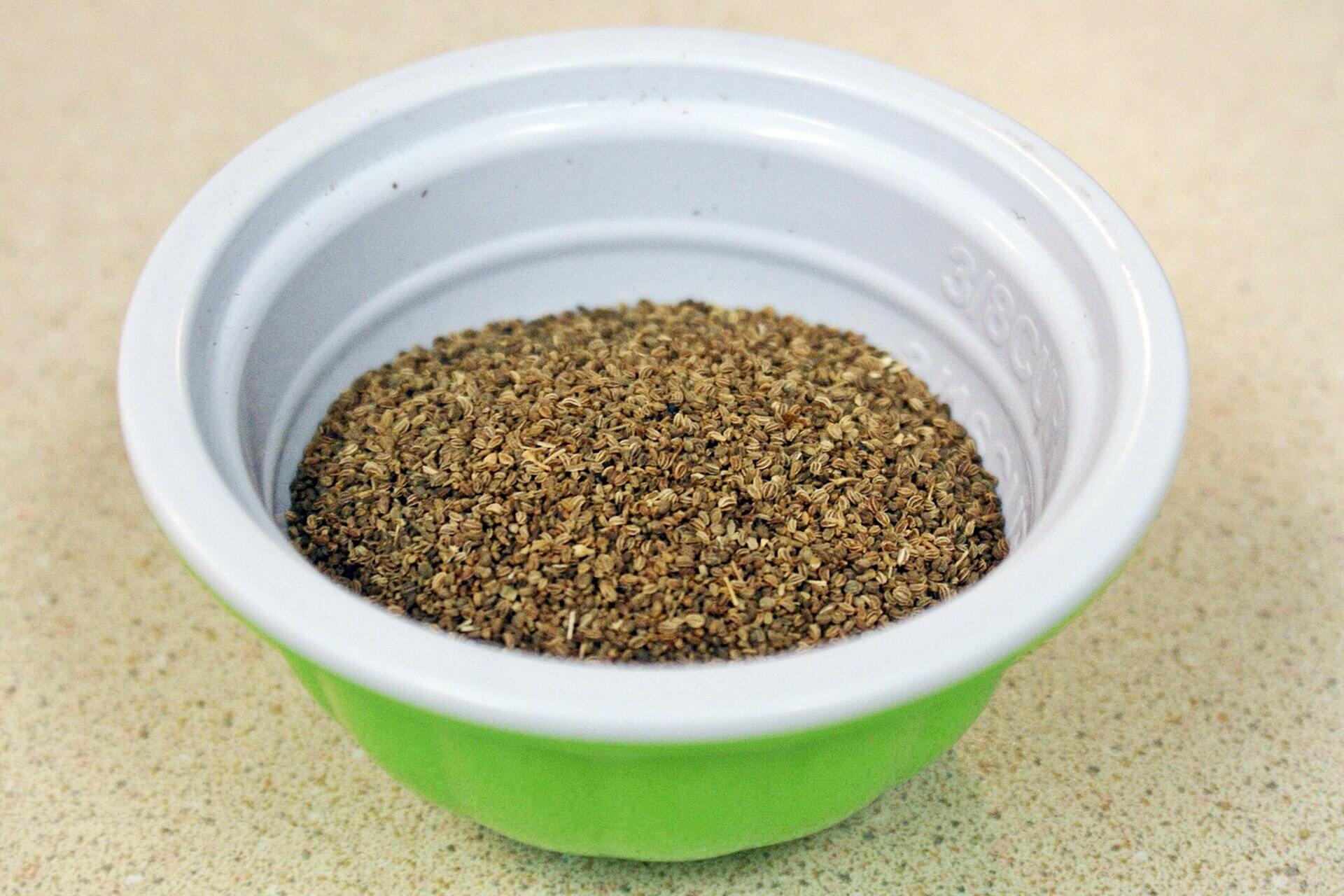
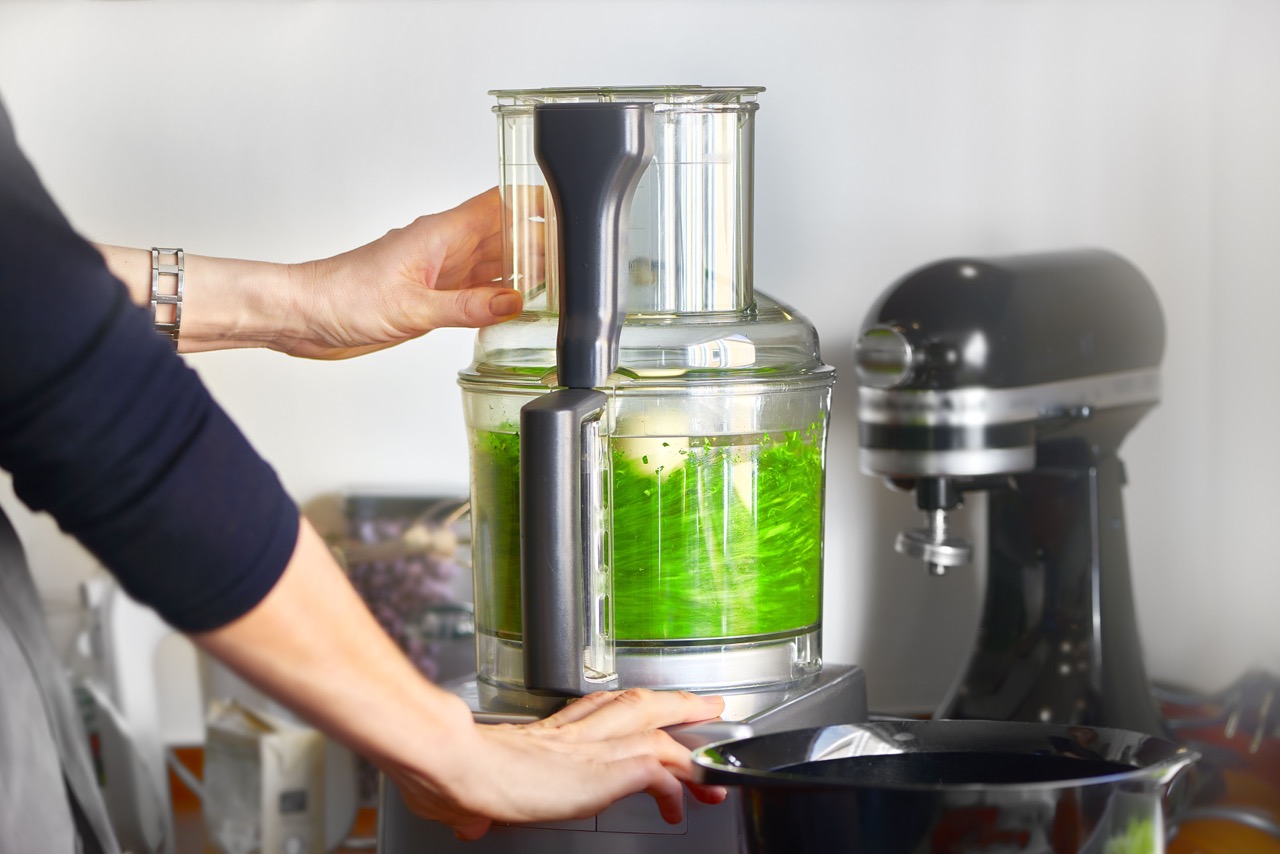


0 thoughts on “What Can You Use Instead Of A Screwdriver”